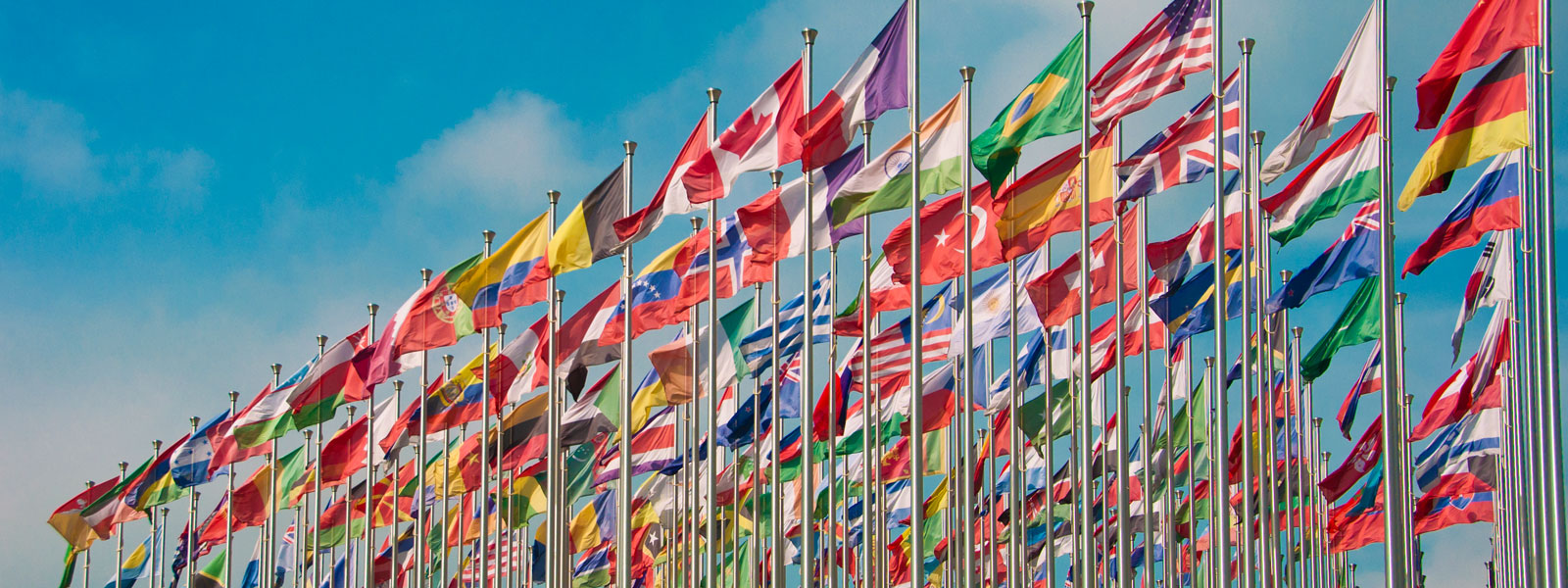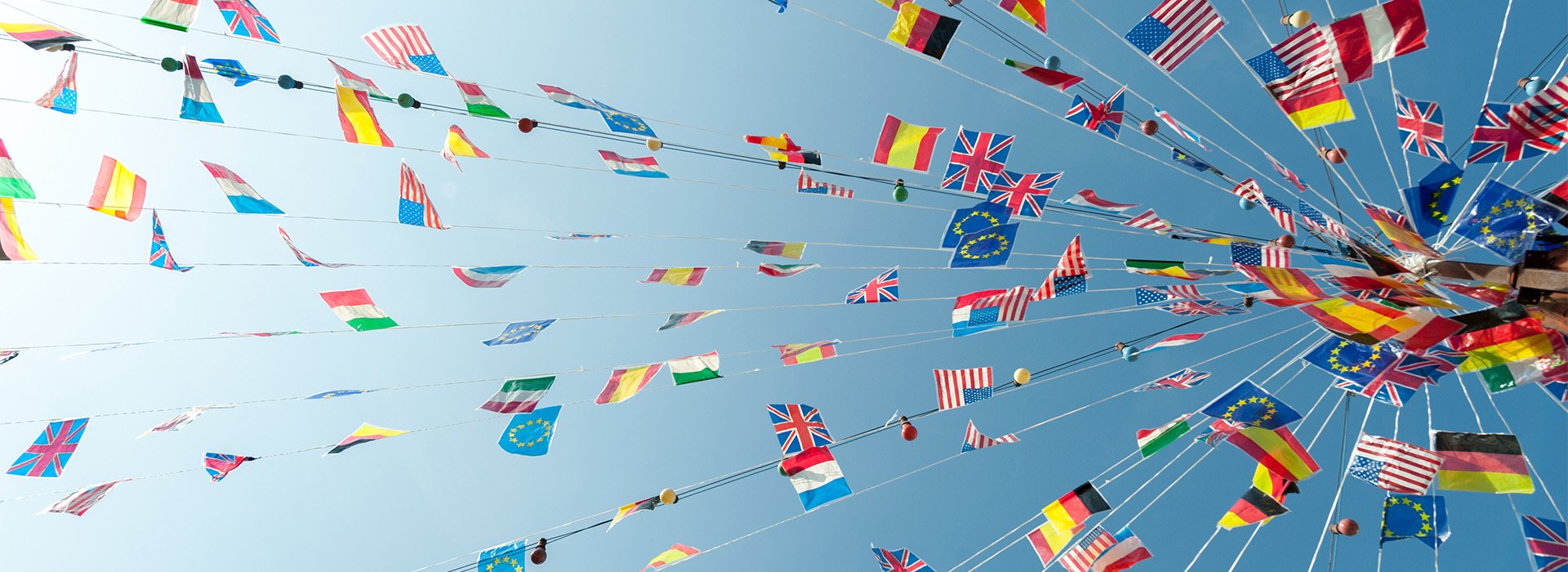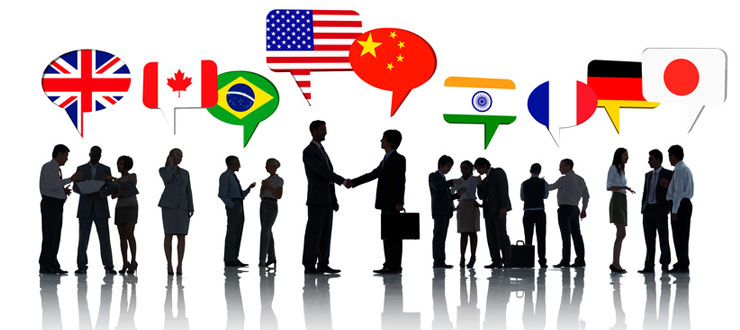
26 June 2024Vote Smart
1. Smartphone-Based Voting A voting system that will leverage smartphone technology to enable citizens to participate in democratic processes easily and securely.2. How it works Citizens register through a secure government portal using their national ID.Two-factor authentication (2FA) ensures secure login, combining something the user knows (password) with something the user has (smartphone). 3. Voting...












